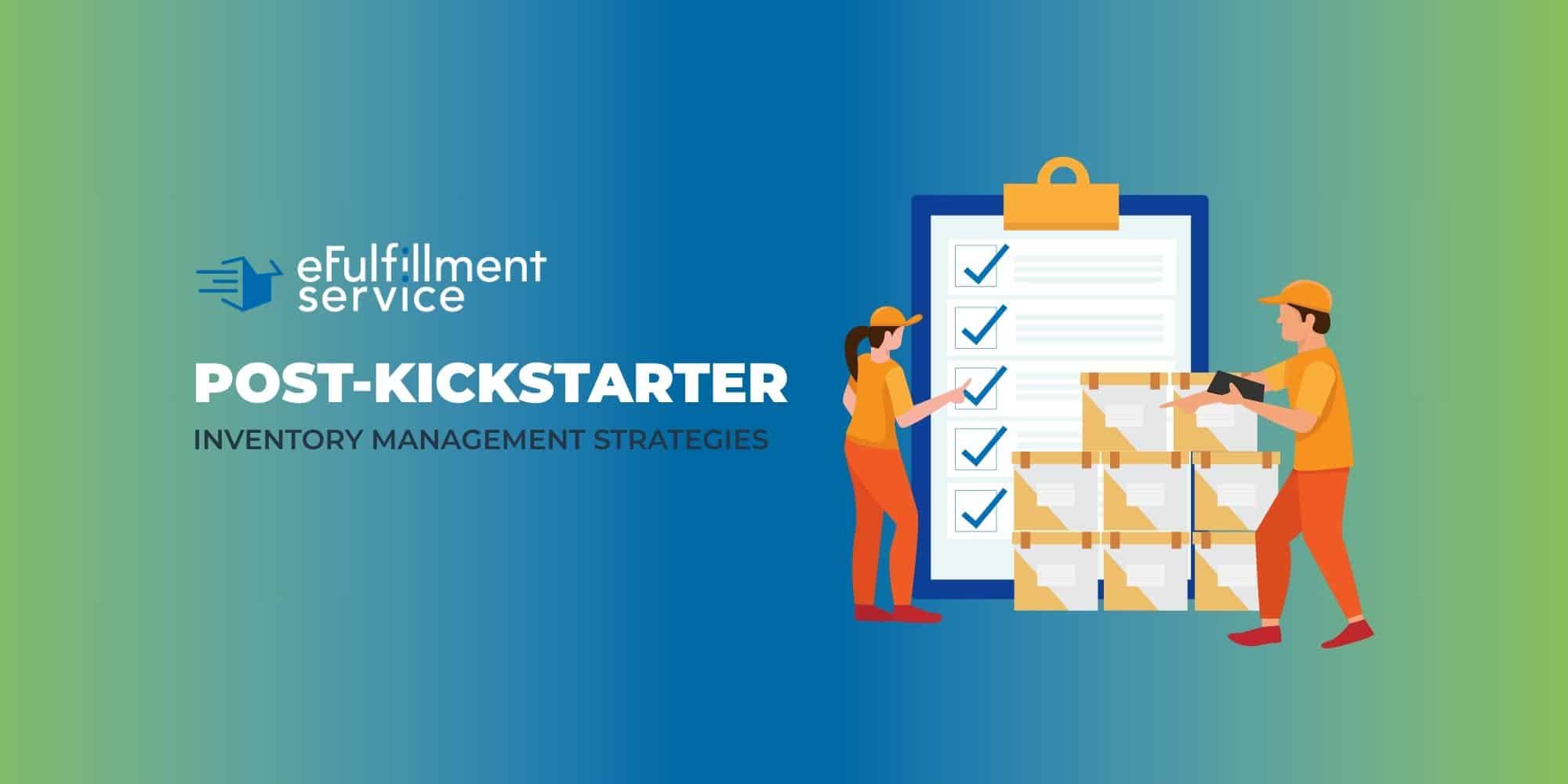
Launching a product on Kickstarter, starting from brainstorming your idea, building buzz, reaching your funding goal, and finally delivering the product to your backers, is thrilling. But what happens after the backer orders are filled?
For many creators, the post-Kickstarter phase is where reality sets in, managing inventory, fulfilling orders, dealing with logistics, and preparing for life after the campaign. Inventory management after a successful Kickstarter campaign can make or break your long-term success. Without a solid strategy, you risk overstocking, understocking, losing sales, or overwhelming storage and fulfillment costs.
In this blog, we will explore the best inventory management strategies to implement after a Kickstarter campaign, helping you streamline operations and build a sustainable business.
Jump right in: Post-Kickstarter Inventory Management Strategies
- Why Inventory Management Is Crucial Post-Kickstarter
- Forecast Demand Realistically
- Implement Inventory Management Software
- Choose the Right Fulfillment Model
- Establish Reorder Points and Lead Times
- Optimize Storage and Warehousing
- Stay Agile with Product Iterations
- Use E-commerce to Drive Sell-through
- Summary
Post-Kickstarter Inventory Management Strategies
Why Inventory Management Is Crucial Post-Kickstarter
During a Kickstarter campaign, most creators focus on marketing, backer engagement, reaching funding goals, and delivering the backer rewards. But after the excitement fades, the next major challenge is setting yourself up for success to take your idea on the next journey, delivering the promised goods directly to end consumers.
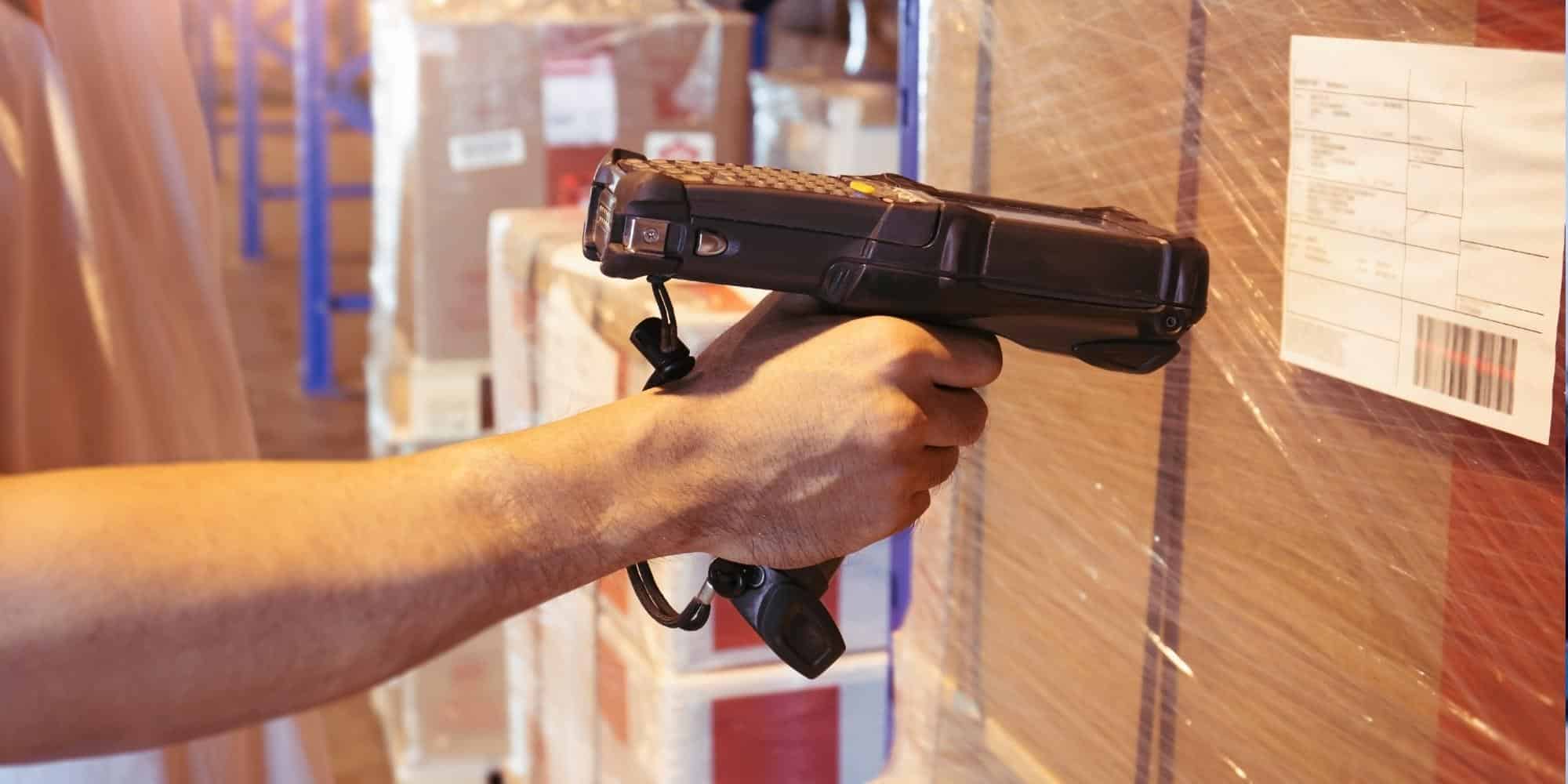
Here’s why good inventory management is vital:
- Customer satisfaction: Timely delivery builds trust and encourages repeat purchases.
- Cost control: Efficient inventory management reduces storage and warehousing costs.
- Scalability: Good systems pave the way for transitioning from a one-off project to a full-fledged business.
- Cash flow: Managing inventory stocks properly avoids tying up too much capital in unsold inventory.
Let’s dive into the core strategies you should consider.
Forecast Demand Realistically
Many creators assume their Kickstarter success will automatically translate into long-term sales. While this can be true, assuming your post-campaign demand will remain at campaign levels can lead to overproduction and dead stock.
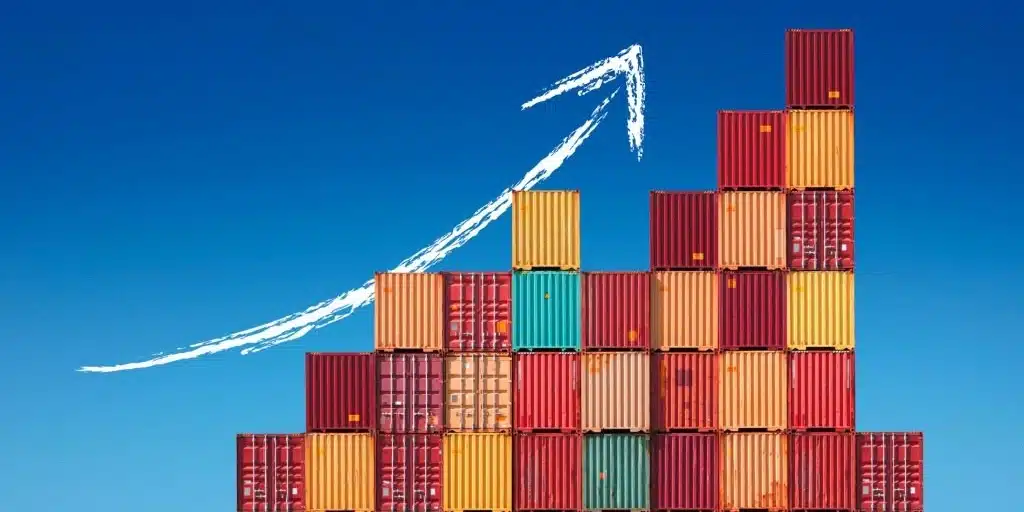
How to forecast realistically:
- Use campaign data: Your pledge levels, geographic data, and backer feedback provide you with insight into demand trends.
- Analyze market potential: Is your product niche, or does it have mass-market appeal? Use competitor benchmarks.
- Factor in post-campaign drop-off: Many campaigns see a steep drop in demand after fulfillment unless they proactively market their brand.
Start with conservative restock amounts and scale as you validate ongoing demand.
Segment Your Inventory
Not all products are created equally, therefore, inventory should be stocked based on previous order history amounts.

Segment your inventory into:
- Core items: High-demand products, which will be the foundation of your inventory.
- Add-ons/Variants: Items that enhance the main product but aren’t essential.
- Limited editions: Exclusive Kickstarter rewards that shouldn’t be overstocked.
By segmenting your inventory, you can prioritize production, manage risk, and avoid tying up cash in less essential items.
Kickstarter Fulfillment doesn’t have to be a hassle.
Partnering with a board game fulfillment service like eFulfillment Service means you can focus on growing your business while we handle the details. Request a Free Quote Today!
Implement Inventory Management Software
If your campaign was successful, chances are you’ve moved beyond spreadsheets. Inventory management software helps automate stock tracking, reorder points, and fulfillment processes.

Popular tools:
- Cin7 – Standard tier: Starts at $349/month, 3 users, two ecommerce and app integrations.
- Zoho Inventory – Different pricing tiers based on order volume and users.
- Ordoro – Advanced tier: $349/month unlimited sales channels, users, and warehouses. The monthly order count is 1000.
- SkuVault – They offer three pricing tiers: Growth $269/month, Pro $404/month, and Enterprise $809/month. All tiers include API access, training resources, and unlimited integrations.
Look for features like:
- Real-time stock updates.
- Integration with e-commerce platforms (Shopify, WooCommerce, Amazon).
- Location, are they centrally located?
- Analytics and reporting.
Even if you’re just starting, choosing scalable software from the beginning can save time and effort later. Some 3PLs offer their own WMS system, allowing you to view orders, inventory stock levels, and receive low stock notifications.
Choose the Right Fulfillment Model
How you store and ship your product depends on your scale, margin, and complexity. Having a business plan that incorporates all of the above will determine how successful you are in the e-commerce landscape.

Fulfillment Options:
- Self-fulfillment: You handle shipping from your home or office.
- Pros: More control, lower cost at low volume.
- Cons: Time-consuming, error-prone.
- Third-Party Logistics (3PL): You outsource warehousing and shipping.
- Pros: Scalable, fast, integrated.
- Cons: Higher cost, less control.
- Drop shipping: The supplier ships directly to the customer.
- Pros: No storage needed.
- Cons: Long lead times, limited control over quality.
For most successful campaigns, a hybrid approach works best to self-fulfill VIP backer orders and use a reliable 3PL, like eFulfillment Service, for the broader reach.
Lower Your Kickstarter Shipping Costs with a 3PL.
Partner with eFulfillment Service to move inventory faster and free up cash flow. We help Kickstarters optimize operations so products don’t sit on shelves. Request a Free Quote today!
Establish Reorder Points and Lead Times
Don’t wait until you run out of stock to reorder. By calculating reorder points, you can avoid stockouts and back orders, which creates customer churn.
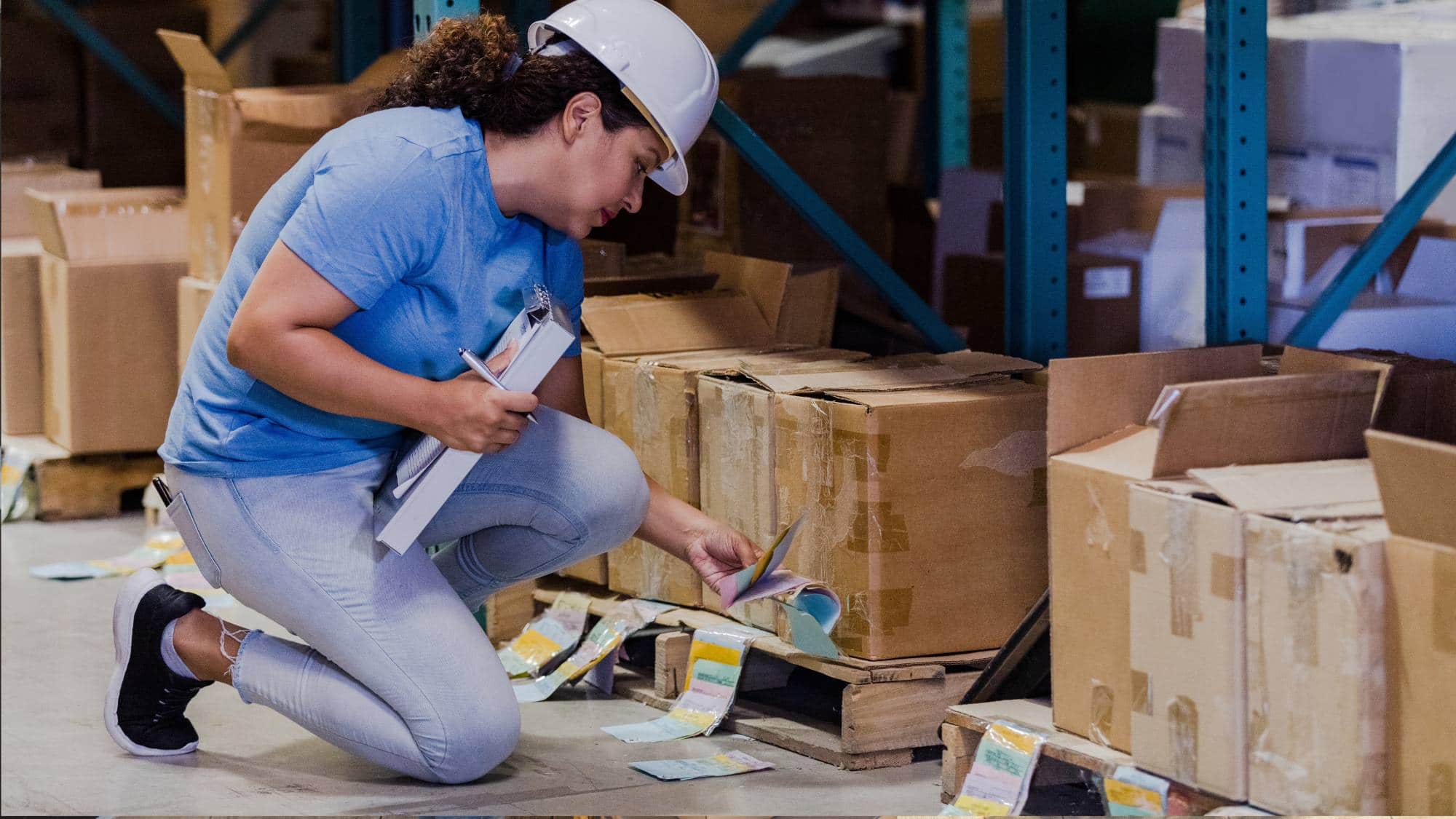
Formula: Reorder Point = (Average daily sales × Lead time in days) + Safety stock
- Lead time: How long does it take to receive a new batch from your manufacturer?
- Safety stock: Extra inventory to buffer against supply chain delays.
For example, if you sell 10 units/day, have a 20-day lead time, and keep 50 units of safety stock:
Reorder Point = (10 × 20) + 50 = 250 units
Set low stock alerts in your inventory software so you don’t have to track them manually.
Plan for Returns and Damage
Returns and damaged goods are inevitable, it’s just part of the game. There are ways you can minimize these by establishing a clear returns process and including buffers in your inventory planning.

Best practices:
- Allocate a small % of inventory for returns or replacements (2–5% is typical).
- Have a QA process in place to inspect returned goods.
- Consider refurbishing slightly damaged items for sale at a discount.
A well-handled return can turn an unhappy customer into a brand advocate.
Stay Agile with Product Iterations
Kickstarter is often the first version of a product. Use post-campaign feedback to make improvements. This has implications for inventory, too.
Avoid overproducing the V1 (Version1) product if:
- You anticipate design changes.
- You’ve received feedback on flaws or issues.
- You plan to launch a new version soon.
Instead, keep V1 inventory lean and transition quickly to V2 with improvements.
Use E-commerce to Drive Sell-through
Post-Kickstarter, your website becomes your primary sales channel. Integrate inventory management with your e-commerce platform for seamless stock updates and order fulfillment. Most 3PLs are integrated with online selling platforms and can report back inventory counts to your online store.
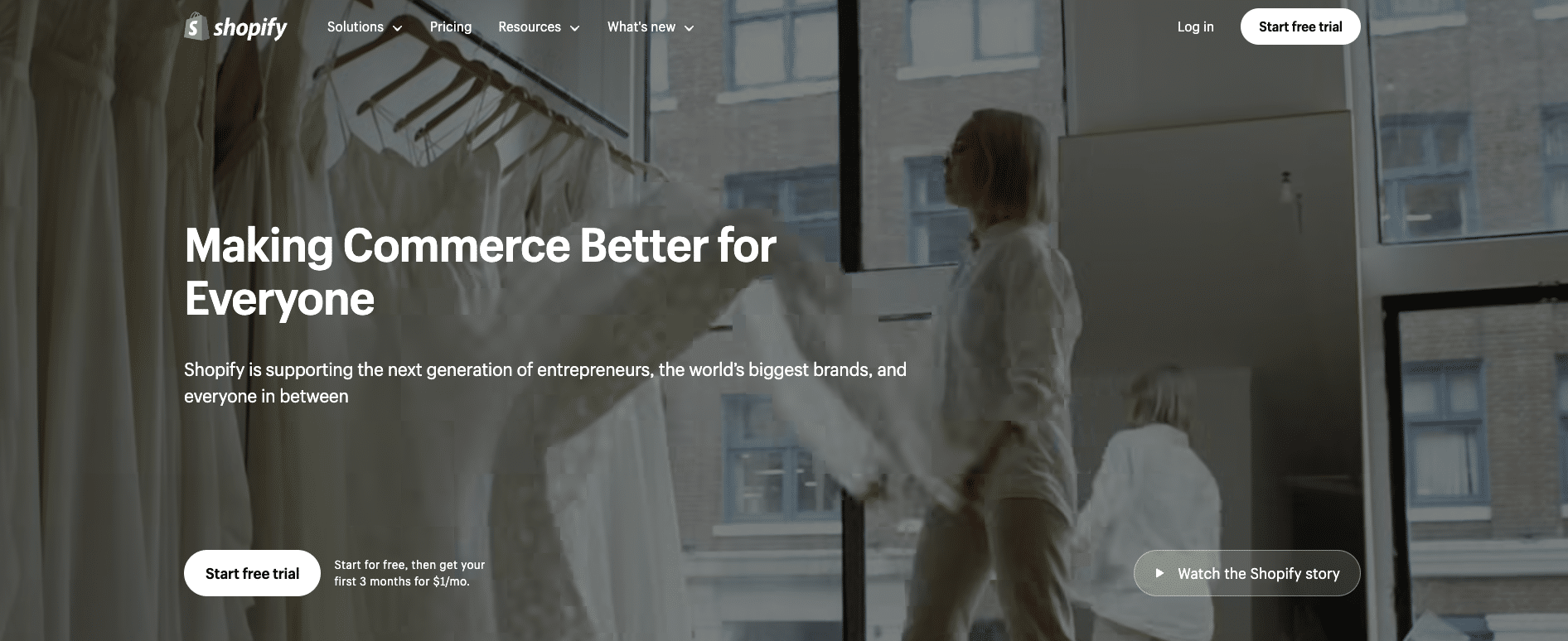
Tools like:
These platforms also allow bundling, upselling, and promotions to help move excess inventory. Don’t just rely on organic traffic; run ads, email campaigns, and promotion partners to drive traffic and sell inventory.
Monitor KPIs and Adjust
Track performance regularly using key metrics:
- Inventory turnover ratio = Cost of Goods Sold ÷ Average Inventory
- Days of inventory on hand = (Average Inventory ÷ COGS) × 365
- Sell-through rate = Units sold ÷ Units received
- Carrying cost = Storage + insurance + depreciation + opportunity cost
Review these monthly or quarterly and adjust your strategies accordingly.
Common Mistakes to Avoid
- Overproduction: The #1 mistake post-campaign. Always plan conservatively.
- Neglecting fulfillment setup: Fulfillment should be ready before your inventory arrives.
- No contingency planning: Always have a Plan B for manufacturing or logistics delays.
- Ignoring international backers: Customs, VAT, and duties can be a huge cost if unplanned.
- Not testing packaging: Bad packaging leads to returns, damage, and negative reviews.
Struggling with Kickstarter Fulfillment?
Our 3PL services streamline your inventory managment process and boost profitability. Get a Free Quote and start improving your cash flow today!
Summary: Post-Kickstarter Inventory Management Strategies
Post-Kickstarter inventory management is where your passion project starts evolving into a real business. While your crowdfunding campaign proved the concept, how you handle operations now determines your long-term success.
By investing in smart tools, understanding your product lifecycle, and planning inventory with intention, you’ll be in a strong position to grow, iterate, and launch again, maybe even on a bigger scale.
Don’t treat inventory as a back-office chore. It’s a critical part of customer experience, financial health, and brand reputation. Getting it right, and you’ll do more than fulfill your promises; you’ll build a business that lasts.
Need help with fulfillment? eFulfillment Service specializes in flexible, multi-channel fulfillment, including Amazon FBA prep services. Contact us today for a free quote and see how we can streamline your operations!

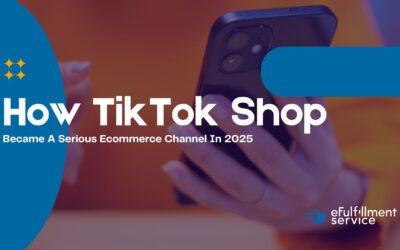
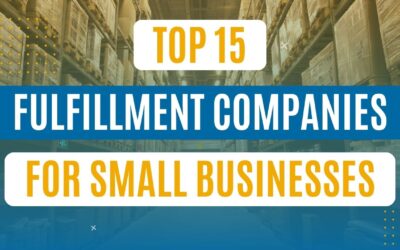

0 Comments